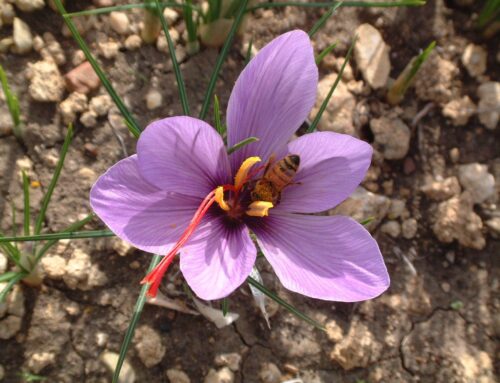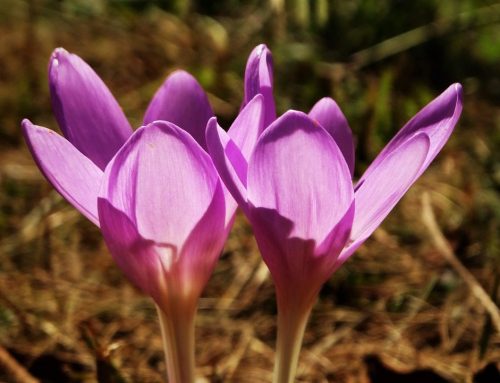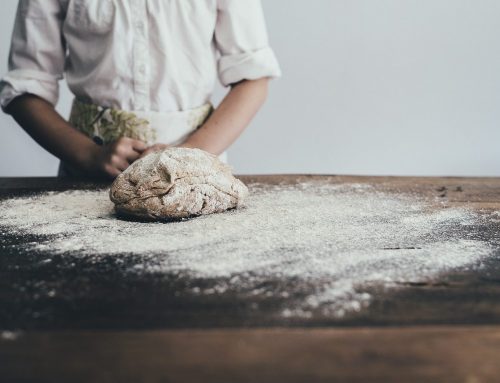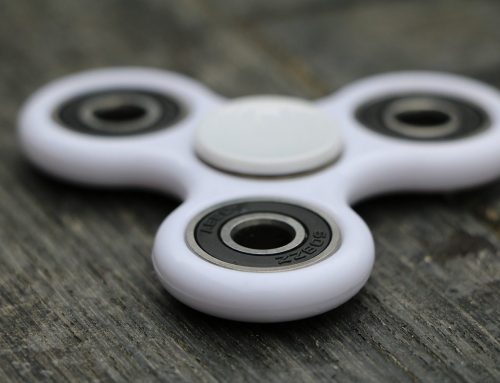Iranian Saffron VS Spanish Saffron
Saffron is the most expensive spice in the world and it comes from the filaments of the Crocus Sativus plant. Each little flower gives you only 3 filaments, this can give you an understanding of how much it takes to produce 1 gram of pure saffron.
Since the saffron flower is very sensitive, it cannot be harvested by your top-notch harvesting machines. Hence, it makes it the most intense labor in farming. Saffron is considered to be an autumnal flower and it starts flowering in Iran and Spain. There are a lot of other countries that grow saffron, however, none come close to the quantity that Iran produces.
So, let’s talk about Iranian saffron vs Spanish saffron, what are the differences? Which one is better? How to spot fake saffron?
Why Is Saffron Expensive?
Have you ever thought about the price tag of saffron and why saffron is expensive? It is because the process of producing saffron is very intensive and as mentioned above, every saffron flower must be picked by hand.
Generally, in Spain saffron is produced on family farms and due to the cultivation and traditional means of production, the price of Spanish saffron can stack up. On the other hand, in Iran, saffron is cultivated in small farms and due to the high number of farms, the price is a bit cheaper compared to the Spanish saffron.
The Appearance of Saffron
When it comes down to Iranian saffron vs Spanish saffron, there is a physical difference between the two. Iranian saffron is all red in color. However, the Spanish saffron comes with red and yellow threads. The reason behind the yellow threads of Spanish saffron is the fact that it is being dried in mass, and some parts of the saffron may be slightly more toasted compared to the rest.
The Iranian saffron all red and dark color is the indication of high crocin which is a natural coloring that can be found in the saffron and the Spanish saffron is rather brighter compared to the Iranian saffron.
Another difference between Iranian saffron vs Spanish saffron is in the saffron threads. The Spanish saffron is curly and short. On the other hand, the Iranian saffron threads are long, thick, and flat. However, both Iranian saffron and Spanish saffron come with different types of saffron which we will get into shortly.
Spanish Saffron
Spain isn’t the largest producer of saffron but it still grows one of the best saffron that you can find in the market. Most of the Spanish saffron is grown and produced in the region of La Mancha of Spain. So, what are Spanish saffron?
Types of Spanish Saffron
- Coupe: Coupe is the highest quality that you can find in Spain. Coupe has all red saffron threads and it is as equal as the sargol threads in the Persian saffron.
- La Mancha: La Mancha is the most expensive saffron. The reason being is due to the fact that it is grown in a small region of Spain and the drying method is rather different. The saffron threads are toasted which results in a smokey flavor.
- Rio: Rio is considered to be the regular grade 3 saffron which is considered low quality. However, it can be a great alternative to Coupe and La Mancha.
- Sierra: Sierra is the lowest quality Spanish saffron that you can find. In the Sierra saffron type, you can find a lot of yellow threads and as we mentioned above, the yellow threads come from the direct toasting of the saffron.

Iranian Saffron
The Persian saffron is considered to be the top saffron that money can buy. The Iranian saffron manufacturers, produce saffron-based products such as saffron rock candy, saffron herbal tea, etc. So, what are the types of Persian saffron?
Types of Iranian Saffron
- Sargol: The top of the flower is called sargol in the Persian language. The color of sargol saffron is all red but the stigma is rather shorter and may often crumb.
- Super Negin: Super Negin is considered to be the most expensive Iranian saffron that you can find. Super Negin saffron threads are longer and trimmed perfectly. In Super Negin saffron, the saffron threads are all red, and there close to no crumbs.
- Negin: Negin is similar to Super Negin. It comes with long threads. However, the Negin saffron has a few yellow threads.
- Pushal: Pushal is considered to be the cheapest Persian saffron that you can find in the market. Pushal has mostly yellow threads and it is believed due to the method used to dry the saffron, it has no medicinal benefits such as help reduce anxiety but it still has some flavor.

How to Spot Fake Saffron?
There are a few ways to test the saffron that you have purchased. Imagine, you just bought saffron online, yes you can buy saffron online, and to test the purity of the saffron you can do the following:
- Taste it: The first method to test the purity of saffron is to taste it. Put a saffron thread on your tongue. The real saffron shouldn’t taste sweet. If it does indeed taste sweet then it’s fake.
- Coldwater: The second and yet the most effective method to test the purity of saffron is to put a pinch in a glass of cold water. Pure saffron will gradually release a golden color whilst the fake saffron will literally bleed red and orange-ish color almost immediately after touching cold water. So, if the water turns red quickly and if the threads turn clear or white-ish is fake saffron.
- Baking Soda: Pour tap water into a cup and mix baking soda and saffron. If the water is turning yellow, then that is pure saffron that you have purchased.
To ensure the quality of saffron, we recommend buying directly from the manufacturer.








